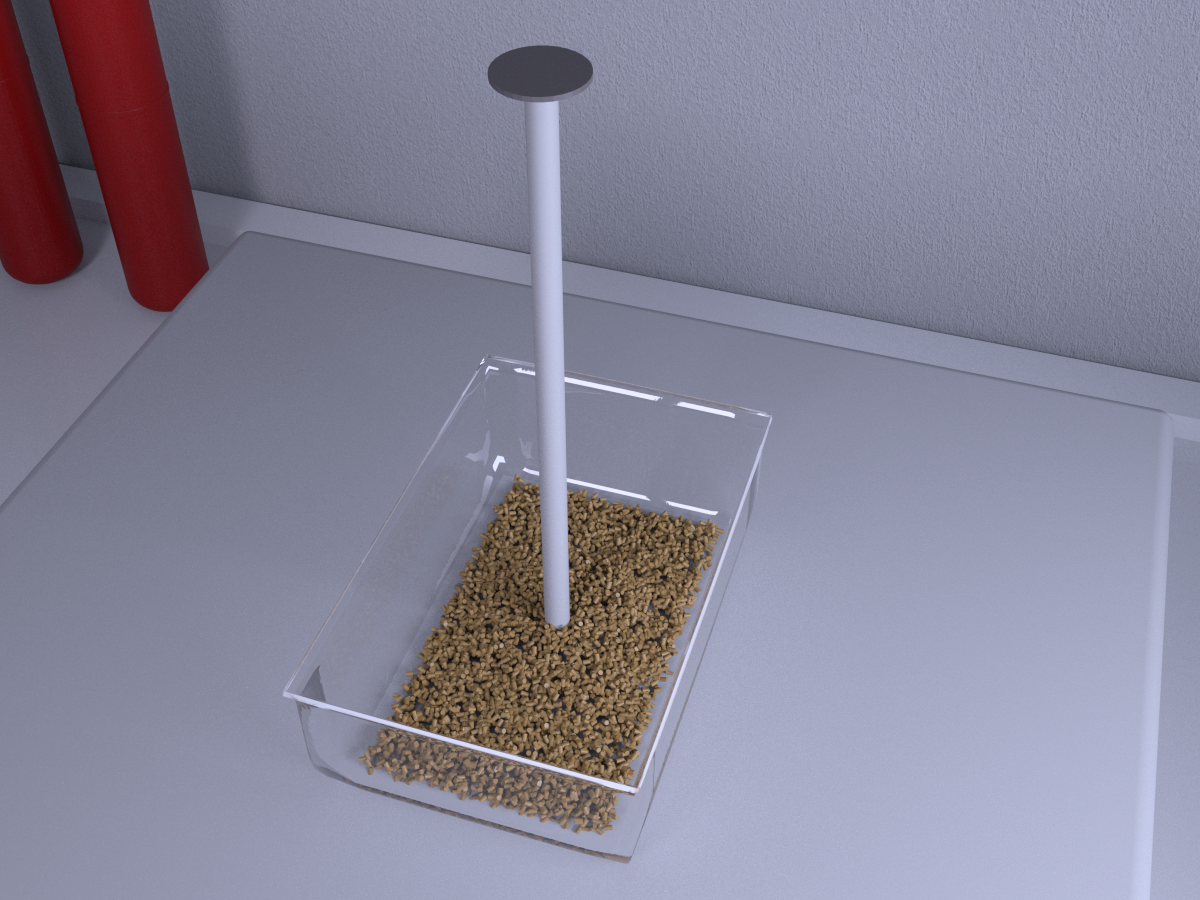The Pole Test is a behavioral test used to assess the locomotor function of rodents. During the Pole Test, a rodent is placed on the tip of a pole with its head pointed upward and is tasked to descend to the ground without pausing. The subject’s ability to descend to the floor by turning its body around without falling is used to assess its locomotor function or dysfunction after injury.
The Pole Test requires minimal equipment and provides direct results. Moreover, the test can be conducted in the subject’s home cage since it might prefer to descend to a familiar location.
Other apparatuses used in assessing rodent motor function include the Grip Strength test, the Balance Beam, the Parallel Bars, the Catalepsy Bar test, the Static Rods Test, the Gait Test, the Parallel Rod test. See our activity range here.

